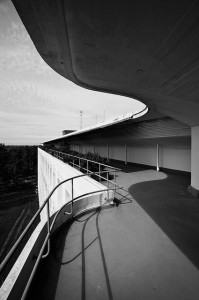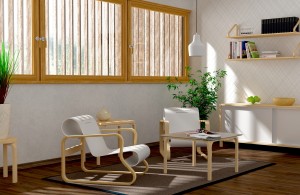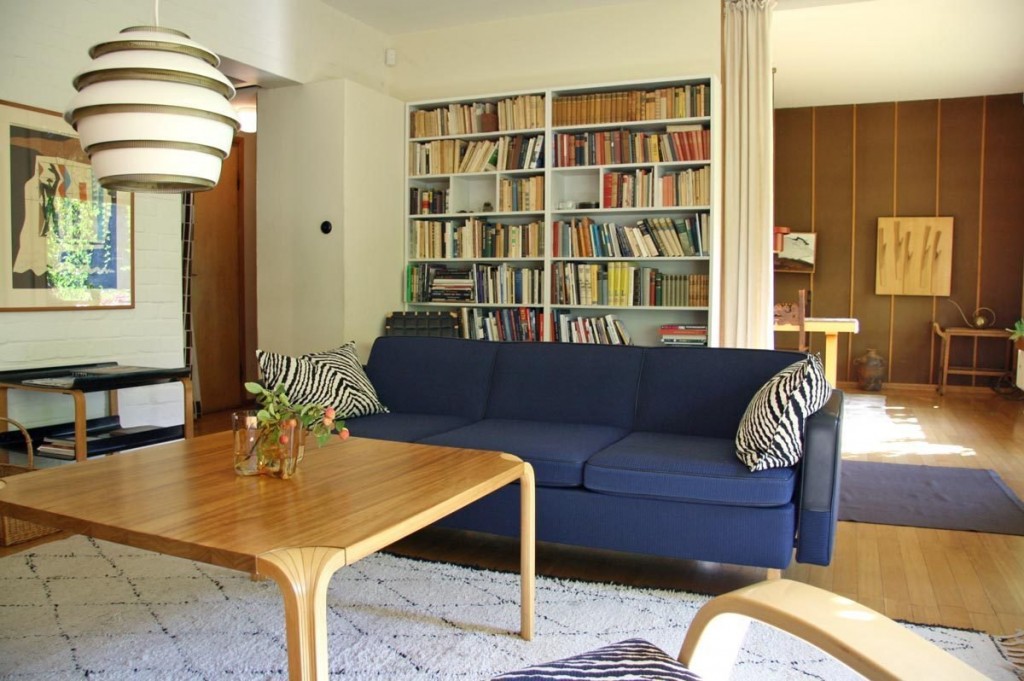What used to be called the “International Style of Modernism” in architecture may have filled the planet with identical glass boxes, but there were always some architects who never quite fit into its straightjacket. Among them, the one that appealed to me most when I first started being interested in architecture (as a teenager) was the Finnish architect and industrial designer Alvar Aalto (1898–1976). The International Style worked with the credo of “form follows function,” but it was, I could see, a hollow slogan. The rigid orthoxy of that kind of “modernism” had nothing to do with “function,” since all buildings, no matter what their purpose, location, or context, were the same. Buildings in rain-soaked places that needed eaves couldn’t have eaves. The “function” of cheapness, of course, determined building layouts, not the function of what you were going to do in them. At first, Aalto paid lip-service to the modernist orthodoxy, but soon his buildings started to deviate from it. Eventually he evolved a fluid style, often working closely with his wife Aino, in which every aspect of a building was considered, including internal surfaces, lighting, and furniture, as an integral whole. His scale was human, outer forms were playful and visually interesting. He loved curving, fluid lines, so that even today much of his work feels “science fiction-ish.” Whiteness dominated the aesthetic, but it was never a boring blankness.


These three images illustrate what I mean. The one on the left is a tuberculosis sanatorium designed for the small Finnish town of Paimio in 1928, and completed in 1932. At this time, Aalto was still in the orbit of official Modernism, following Le Corbusier’s basic rules, but he was already laying the foundations of his more holistic approach. Note the date of the design —- it still looks modern. The second and third images show the kind of interior space that Alvar and Aino conceived when the silent film had barely been displaced by the talkie. Notice that the forms are simple, but not sterile. Humanity and comfort are the “functions” being served, not ideological conformity, cheapness, or manufacturing convenience. It still looks good.
Wednesday, March 2, 2016 — Looking back at Alvar Aalto
Leave a Comment
You must be logged in to post a comment.
0 Comments.